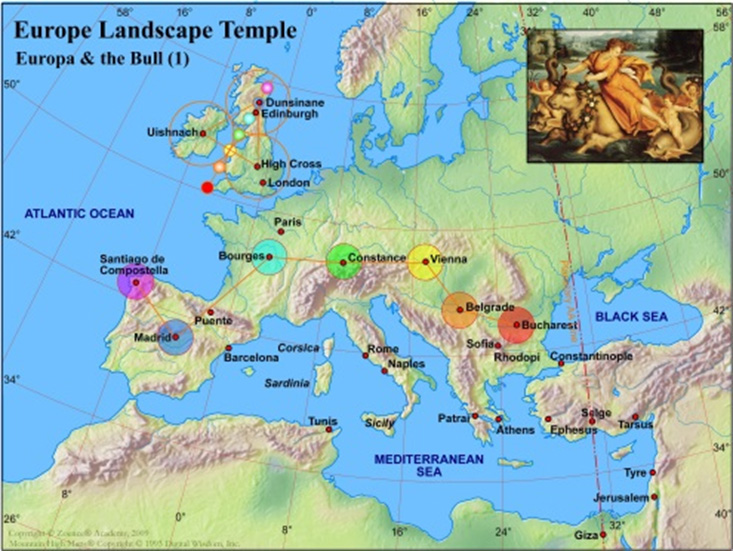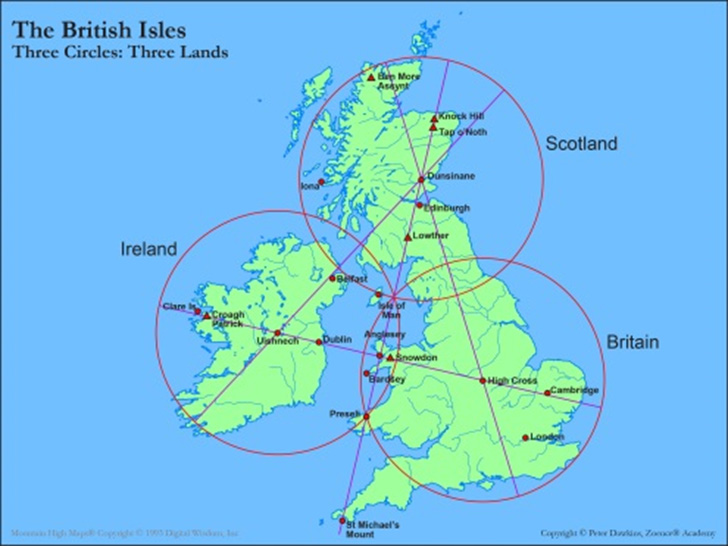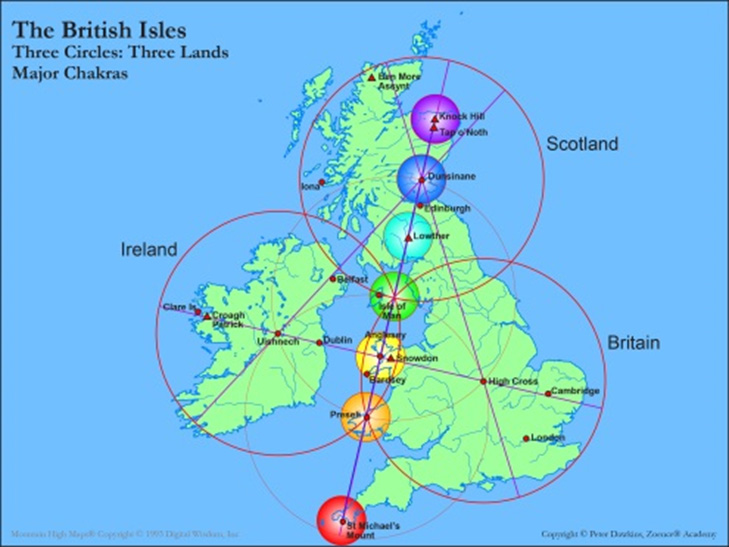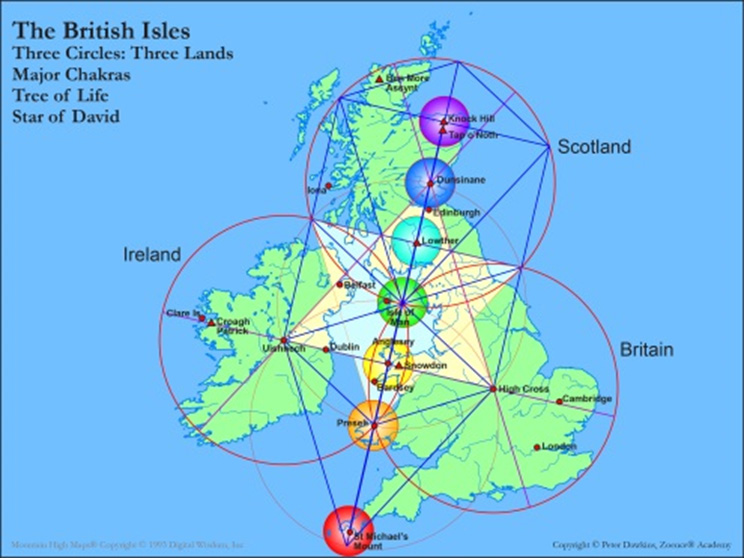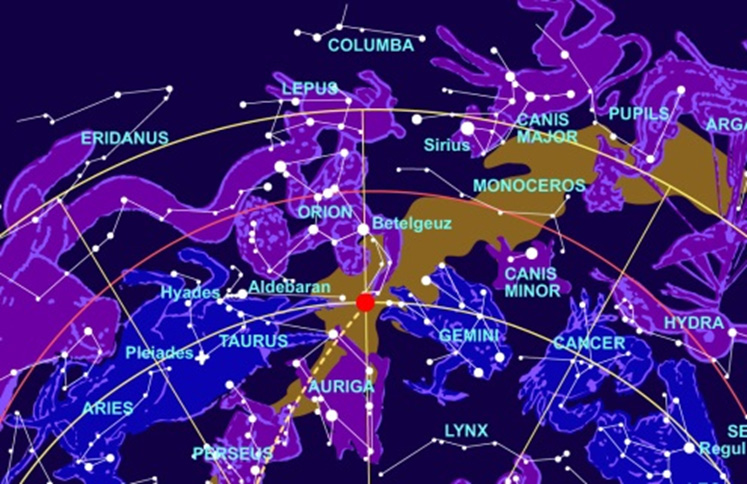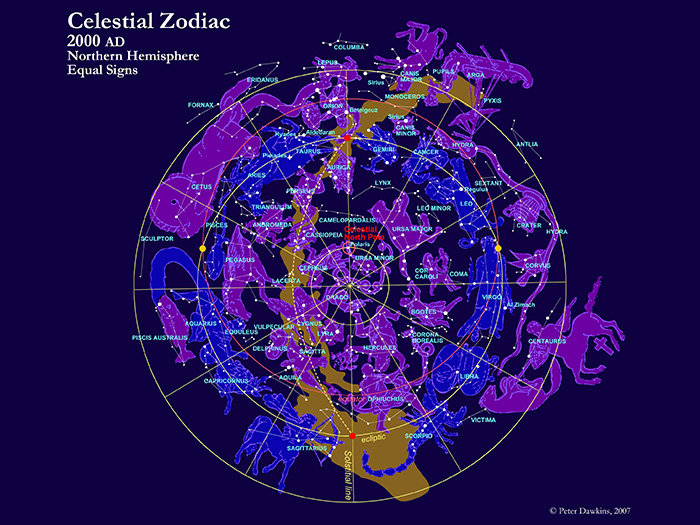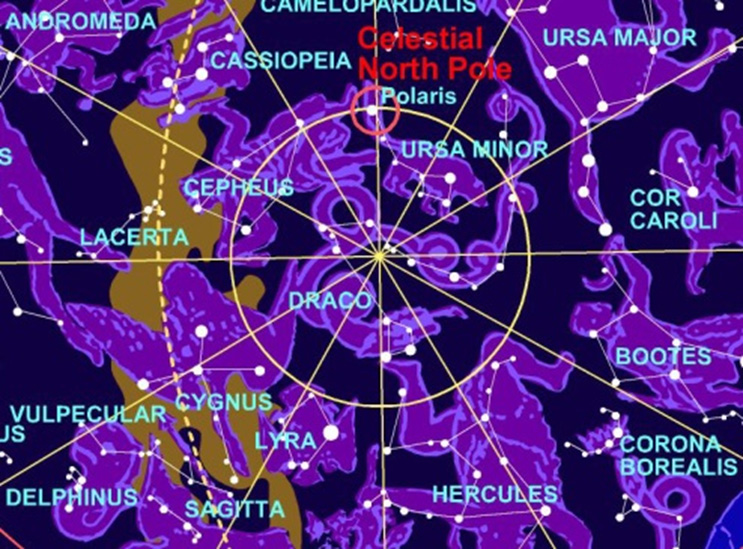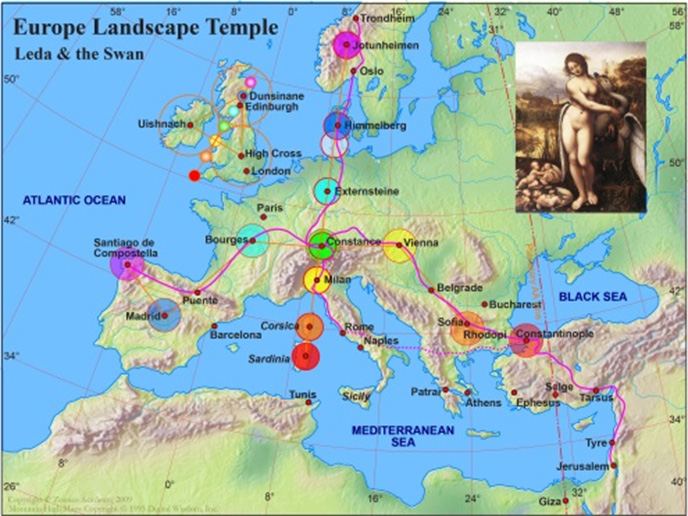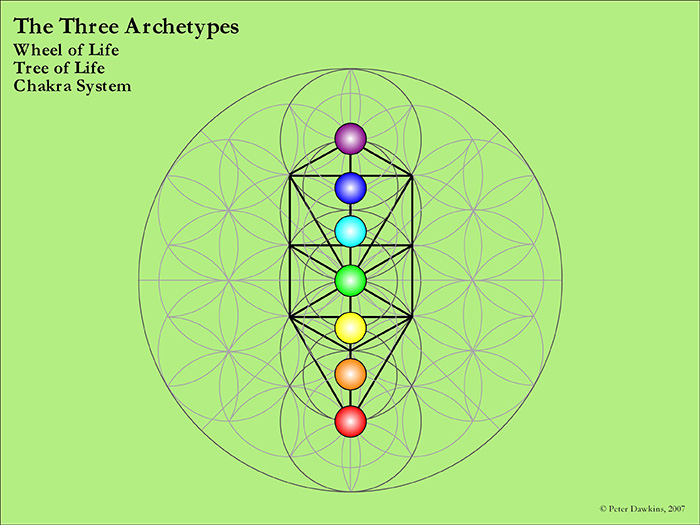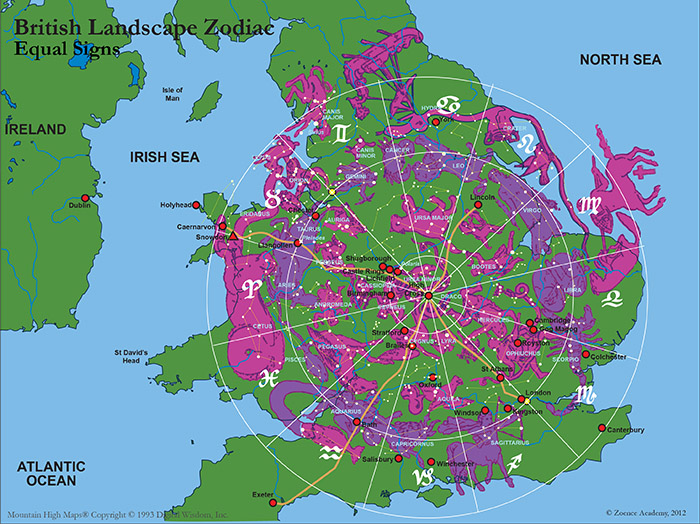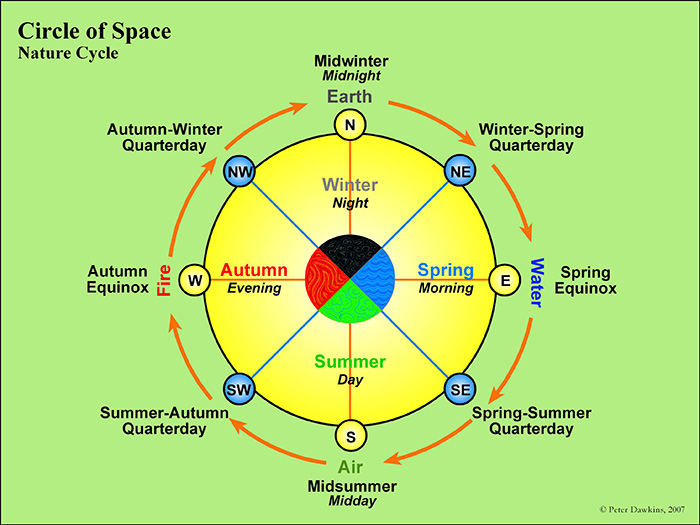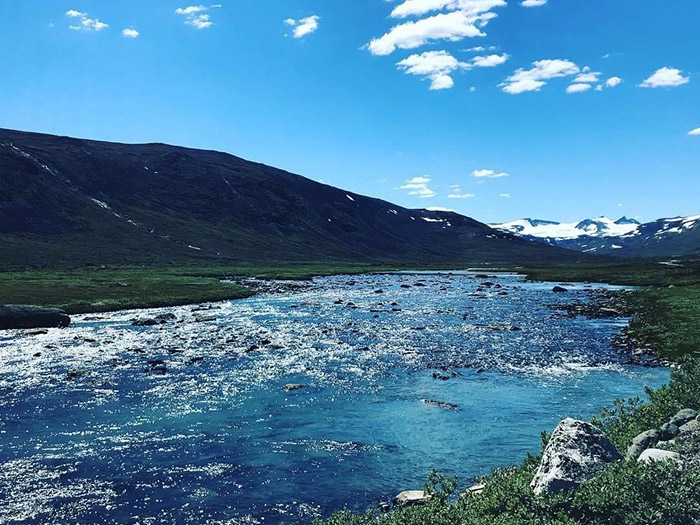The British Isles
‘The British Isles' is the name given to the archipelago consisting of the two large islands of Great Britain and Ireland, and many smaller surrounding islands. This is derived from the original use of the name Britannia, the Latinised form of the Greek Prettanike, to refer to the collection of islands known today as the British Isles. It is only later, in the 1st century BC, that the name Britannia was used to refer to the Roman province of Britain, with Scotland being referred to as Caledonia and Ireland as Hibernia. Britannia, or Britain, subsequently became divided into England and Wales.
In the 17th century, when King James VI of Scotland also became King James I of England and Wales, the term ‘Great Britain’ was invented, to refer to the lands of Scotland and Britain (England and Wales) united under one crown.
Europa
The British Isles are part of the continent of Europe, which takes its name from the myth of Europa and the Bull—a story that is written in the heavens in the symbolic star pattern of the constellation of Taurus. This profound myth from the mystery schools of antiquity provides a key to understanding the role of Europe in the world. It is also an aid to understanding the relationship of the British Isles to the rest of the European continent, as indeed to the rest of the world.
From the geomythological viewpoint, Europa is a symbolic name for the three lands known historically as The British Isles—namely, Scotland, Ireland and Britain (England & Wales), whilst the Bull is signified by the mainland of Europe.
The Triple Goddess
Each of the three lands of Europa is an integral whole in its own right, with its own complete cosmos of archetypes underlying the landscape. However, these three lands are intimately associated with each other and together compose a trinity that is manifesting Europa—a trinity known in myth as the Triple Goddess. The goddess of Ireland is Éire, the young maiden; the goddess of Britain is Britannia, synonymous with Mary, the mother; the goddess of Scotland is Scotia, the Caillech or crone.
Each of the three lands (Scotland, Ireland and Britain) has its own national landscape zodiac as well as a primary chakra system. Remarkably, the geomantic heart-centres of these three lands link together in an almost perfect equilateral triangle. These sacred or royal centres are Dunsinane (Scotland), Uishneach (Ireland) and High Cross (Britain). When the Irish centre is adjusted so that the triangle becomes a true equilateral triangle, its location is Clonmacnoise, a famous monastic settlement founded in 546 by Saint Ciarán with the help of Diarmait Uí Cerbaill, the first Christian to be crowned high king of Ireland, and where many high kings were afterwards buried.
The ancient rulers and sages of each land recognised and used their sacred centre accordingly, and laid out their land geocosmologically around it with a ‘wheel of life’ (Greek, zodiac) containing fourfold, fivefold and sixfold divisions (and the same doubled—eightfold, tenfold and twelvefold, the last one being what most people equate with the zodiac). From time to time, later rulers and sages also worked with this geomantic knowledge. Many stories are associated with such people and the geocosmology of the land.
The overall landscape of the British Isles has its own set of chakras and Tree of Life pattern, of which the three centres and zodiacs of the three lands form an integral and essential part.
Maia & the Pleiades
In the starry heavens, Europa is represented by the star cluster in the constellation of Taurus known as the Pleiades. These stars are nine in number and represent the Seven Sisters of Greek mythology: Maia, Sterope, Merope, Electra, Taygete, Celaeno and Alcyone, together with their parents Atlas and Pleione, the Phoenix King and Queen of Atlantis. Like their parents, the sisters are symbolised as doves or phoenixes.
The eldest of the Seven Sisters is Maia, who was considered to be the most beautiful in the heavens and who as a result was wooed by Zeus, resulting in the birth of Hermes (Mercury).
The name Maia means ‘mother’, the same as the meaning of Mary. Mercury is the anglicised form of the Latin Mercurius, a name derived from Maa Kheru, meaning ‘the True Word’, the Egyptian name and title for Horus. From this Egyptian word the Greeks derived their word Christos and the XP Christogram, the name and monogram of Christ.
The Arcadian Shepherd and Sheepfold
In the Arcadian version of the story, Maia is said to have raised the infant Arcas, son of Zeus, to protect him from Hera, who had turned his mother Callisto into a bear. Arcas became the renowned shepherd-king of Arcadia. When they each died, Zeus raised them up to the heavens, where Callisto became the constellation Ursa Major and Arcas became the star that is now our North Pole Star at the end of the tail of Ursa Minor.
Ursa Minor was also known as the Sheepfold, with Arcas, the shepherd, standing at the gate of the fold ready to open the gate for his sheep. This is the metaphor used by Jesus Christ in which he describes himself as the good shepherd and gatekeeper who opens the gate of the sheepfold for his sheep, his disciples. In Hebrew allegory, the sheepfold is a synonym for a place of rest, security, strength, plenteousness and peace, all of which is also symbolised by the dove.
There was a time when the constellation was called Ursa Phoenicia, the land of the phoenixes. The dove of peace is the phoenix, the word phoenix referring to the beauty that comes from a peaceful and peace-loving nature set on fire by love and illumined as a result. The Rosicrucians referred to their land, Arcadia, as the land of the Phoenix and to themselves as phoenixes. There is a subtle link here between the Pleiades and Ursa Minor.
The Holy Grail
In Roman Catholic tradition the British Isles are referred to as the dowry of the Virgin Mary. Traditionally the woman and the land were perceived as being synonymous: hence when a man married a woman he assumed the role of protector and carer of both. This custom was the means by which a man became the king of a kingdom, and why the Grail King is known as the Guardian of the Grail. The grail (meaning ‘vessel’) is associated with the woman and also with the land. Just as the woman or mother holds and bears children, so the land holds and bears us and all animals, birds, plants, etc. The Virgin Mary is referred to as the Holy Vessel or Holy Grail, Queen of Heaven and Star of the Sea. Her land is the Grail land, a holy land. This is one of the secrets of the British Isles.
Another secret, also recorded in Roman Catholic tradition but overlooked, is that Joseph of Nazareth, husband of the Virgin Mary, is symbolised as an ox/bull. Moreover, the Greek name Zeus, meaning ‘God’ (who takes on the form of a bull in order to woo Europa/Maia and father Hermes/Arcas/Christos), is rendered Deus in Latin. The Latin Iuppiter (Jupiter) is derived from Deus-Pater, meaning ‘God the Father’.
Venus
At another level of myth, all the stars of the Pleiades collectively represent Maia, symbolised as a dove resting on the neck and shoulders of Taurus, the bull. As such, she relates not only to Europa but also to the goddess Aphrodite (Venus), the ruler of Taurus in astrological tradition. Aphrodite (Venus) is the mother of the younger Eros (Cupid), the Christ-child, just as Europa (Maia) is the mother of Hermes/Mercury in the Pleiadean myth.
Leda
Another myth that pertains to Europe is that of Leda and the Swan. The Swan can be found in the landscape of Europe as the Pilgrimage Cross of Europe, whilst Leda is represented by the British Isles.
Hyperborea
Lying behind all these mythological representations of the British Isles, which help to tell of the role that this landscape plays in the world, is the mystery and secret of Hyperborea, 'The Land beyond the North Wind'.

